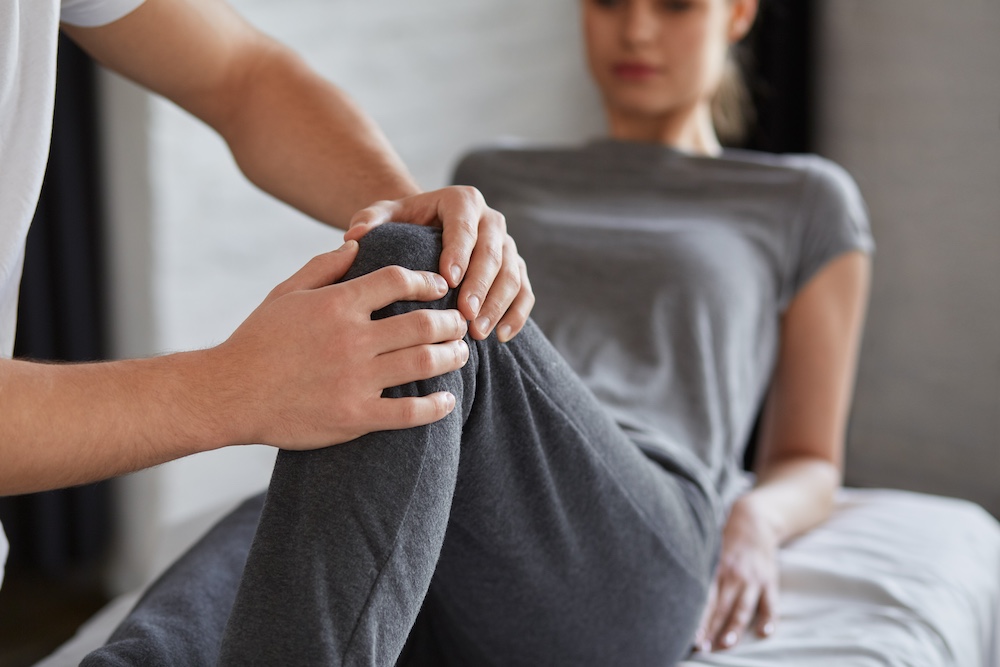Feeling refreshed after a massage? It’s tempting to go and crush a workout with you feeling so good but what if it’s actually bad for your body? In this article, you’ll learn why you should or shouldn’t exercise after a massage.
Can You Exercise After A Massage? Well, It Depends
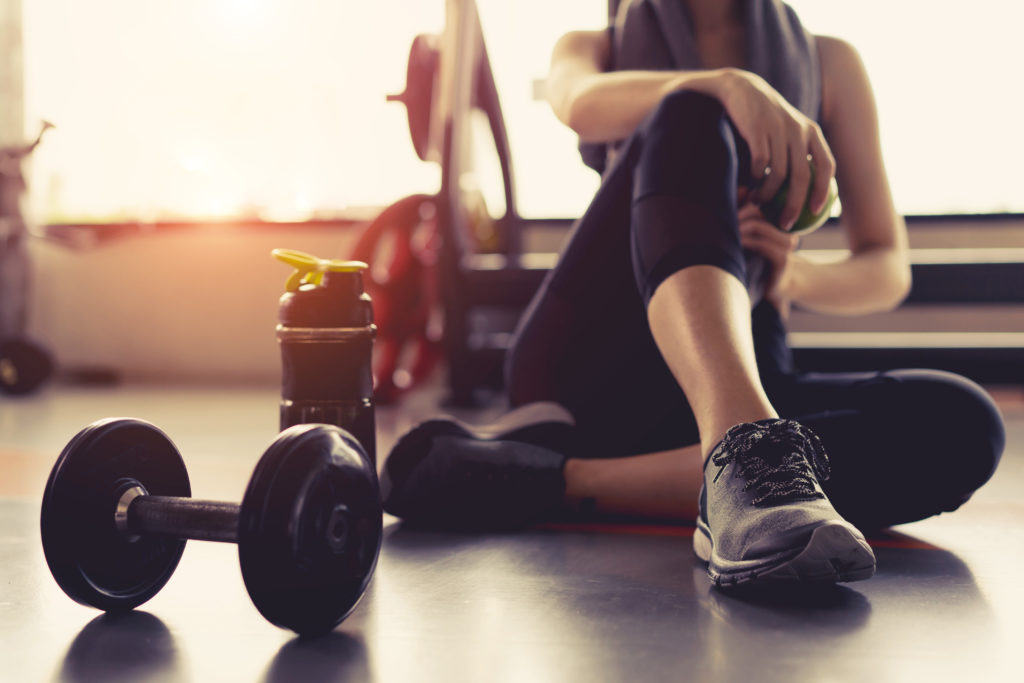
Massages can relieve soreness from gym workouts, but it’s best to have them afterwards
First, let’s find out what massages do. By applying pressure through certain strokes and motions at different speeds, massages stretch muscles, relieve tightness and soreness, improve blood flow and also have a calming effect on our mind. Through massaging, even healthy individuals get many health benefits.
Deep tissue massages are great for people who do exhausting workouts in the gym or other exercises such as high-intensity aerobics. These types of activities overload our muscles to make them stronger, but in the process will make them sore and strained. But despite this, it is recommended to get these massages, and most other types, after exercising.
What Happens If You Get An Intense Massage Before Exercising
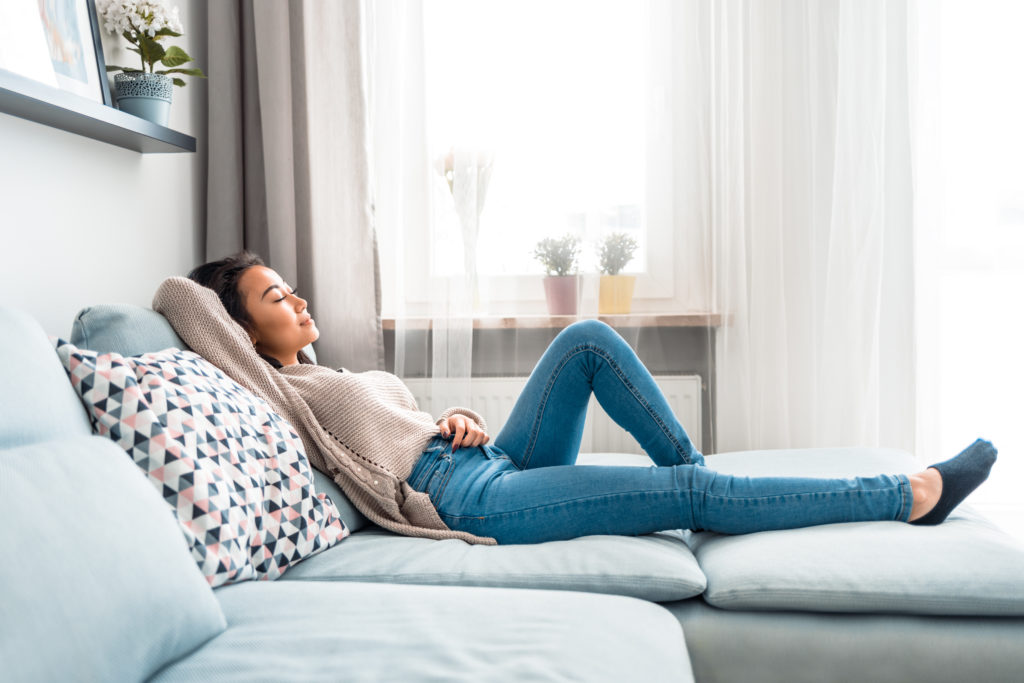
It’s best to rest after an intensive massage
Getting a long, intense massage before exercising can hurt your performance and even cause injuries. After a strong massage, your muscles will have gone through a high level of stimulation, and heavy exercise will overload them. This puts you at a greater risk of injury and magnifies inflammation and soreness.
The general consensus is that the best thing to do after an intense massage is wait to exercise, leaving a 24-48 hour gap. This allows your muscles to recover from the strain they undergo during the massage. If you are still set on some level of physical activity without rest, gentle stretching and light exercise or moderate walking is acceptable.
So in spite of all this, yes, you can still exercise after a massage. But what type of massage you get is key.
What Massage Can You Get Before Exercise?
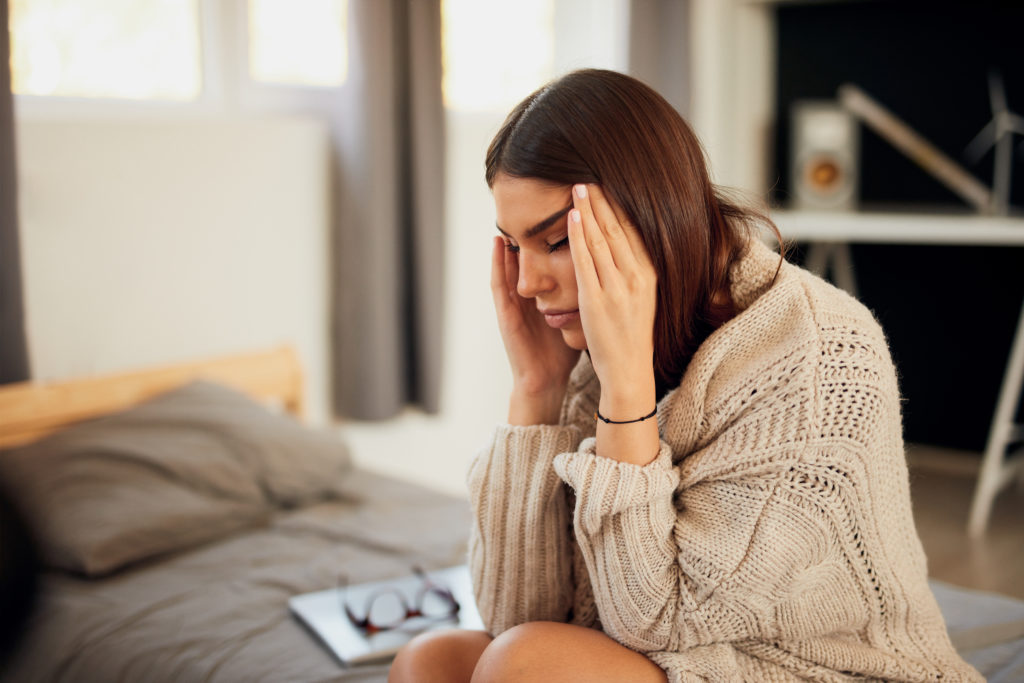
A light massage is great for relieving anxiety before exercising
Research has shown that short and light massages are best when it comes to pre-workout massages. A low-intensity 10-minute massage gives you the benefit of a better mindset and relief from nervous tension, helping your focus and concentration. This results from the endorphins, or feel-good chemicals our body produces during the massage. Light massages can also improve flexibility and range of motion from the mild stretching they go through.
Avoid full-body massages, as they are too tolling on your body and need adequate time to recover from, with at least 24 hours time needed before you should exercise. Long massages have been shown to in fact reduce athletic performance in healthy individuals. Instead, go for massages that focus on relaxation and mild pain relief.
What Makes Our Muscles Sore To Begin With?
Muscle soreness, or delayed onset muscle soreness (DOMS) is caused by the breakdown and repair of muscle fibres, and inflammation and tightness from muscle overuse. Repeated muscle overload, and when returning to or trying new exercises, are when muscles will become the sorest.
Muscles can also become sore and strained from day-to-day activities, especially at the workplace. Sitting at desks in front of computer screens, manual labour work, and jobs that involve lots of standing can all put a toll on different parts of our body. Neck pain, back pain and wrist pain are very common occurrences now with how we spend our time at work. Massages are a great way to manage and cut these pains.
What About Exercising Before A Massage?
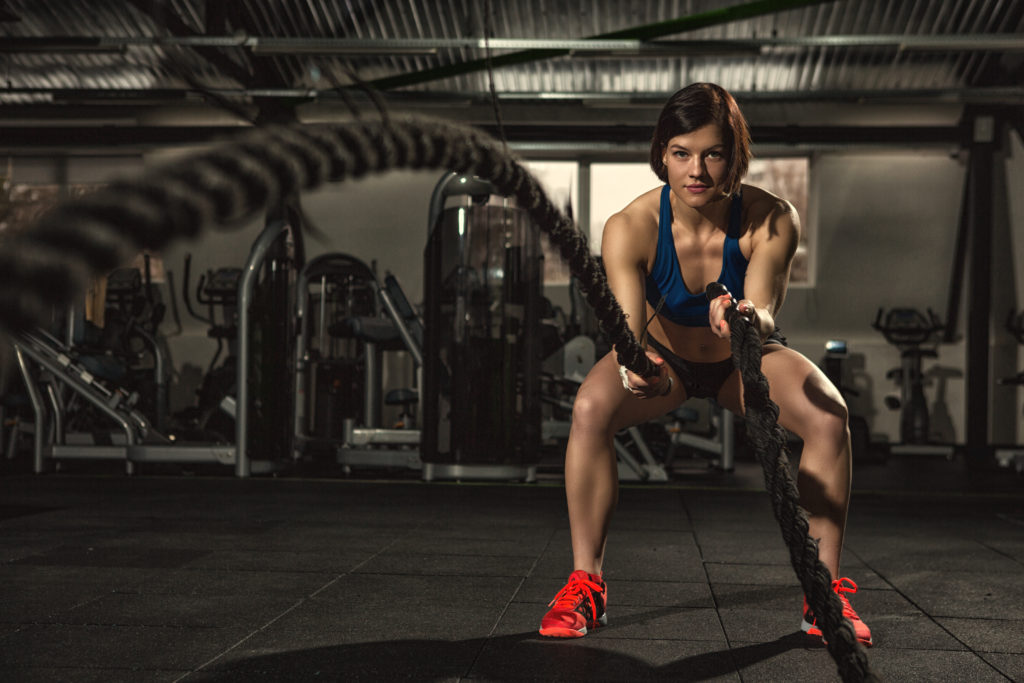
New high-intensity exercises will cause a lot of soreness, which post-exercise massages reduce
Have you thought about getting massages after exercise? They are actually great for helping muscle recovery and reducing soreness. For a very long time now, the most common method used to reduce muscle soreness is stretching after exercising. Yet this study found that a 20-30 minute massage within 2 hours of a workout is in fact the most effective method of reducing DOMS.
The best types of massages to get for your aching muscles are the deep tissue massage and the Swedish massage. Regular massages are particularly useful for people who do consistent strenuous exercise that make muscles sore afterwards. By doing this, recovery periods post massage will be shorter, allowing for better performance of muscles.
Post-exercise massages will also help those who are new to physical activity or are trying a new exercise. This is because a study found that massages after exercising reduced pain and muscle soreness by a serious amount. By reducing the amount of pain and soreness experienced after high-intensity exercise, massages help people to continue exercising long term.
Types of Massages
Now let’s go through what the most common types of massages are. Each massage will involve different techniques used by the massage therapist.
Swedish Massage
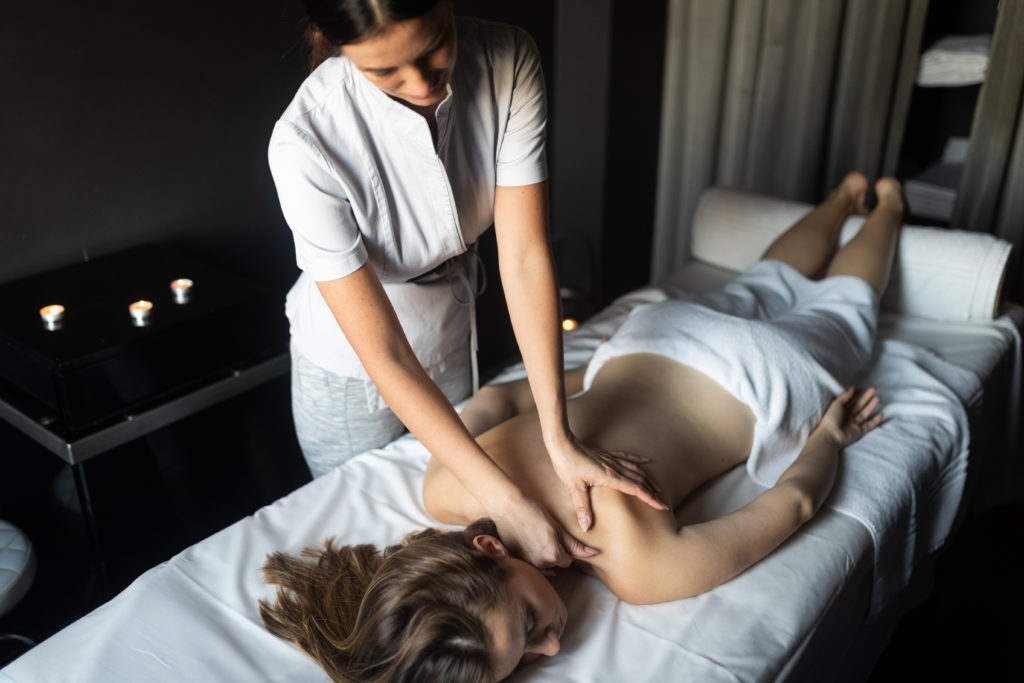
Swedish massages use a range of techniques to relax muscles
These massages are the most common type of massage requested by people. Swedish massages use long strokes, kneading, circular motions and frictions, which are movements performed with fingers and thumbs. Swedish massage therapy applies light to medium pressure, and focuses on relaxing muscles and calming the mood of the person getting massaged.
Deep Tissue Massage
A deep tissue massage is often compared to Swedish massages as another one of the most common massage types. In comparison, deep tissue massage therapy makes use of firmer, heavier pressure to reach deeper into muscle fibres and tendons. This massage takes advantage of elbow and forearm use for sustained pressure on connective tissue with slower strokes and motions. This in turn is great for relieving pain and breaking up scar tissue.
Hot Stone Massage

Hot stone massages take the concept of the Swedish massage to the next level
An evolution of the classic Swedish massage, hot stone massages involve heating smooth and flat volcanic stones and placing them onto various areas of the body. The areas where the stones are placed are then treated with massage techniques used in a Swedish massage.
Drinking water before, during and afterwards for hydration is important with this massage, as the heat from the stones could otherwise dry out the skin and cause burns. The hot stones magnify the effects of a normal massage, providing extra blood circulation and easing tension in muscles.
Trigger Point Massage
This type of massage focuses on relieving tension and pain in a particular area of the body. There are two techniques used in trigger point massage; manual therapy and dry needling. The manual therapy method involves applying sustained pressure from fingers, thumbs, elbows or massage. Dry needling uses acupuncture needles to stimulate nerves and muscles, relaxing tension and pain.
Start Massaging The Right Way Today!
Well, now you know everything about the question of can you exercise after a massage, it’s time for you to get the right massage. Remember to only have a short, light massage before exercising, as longer ones need at least one day of recovery time.Get a massage at home with a massage machine or massage chair. This lets you have a massage, light or intense, whenever it suits you. Visit OSIM UK today and find the perfect massage device for you!



